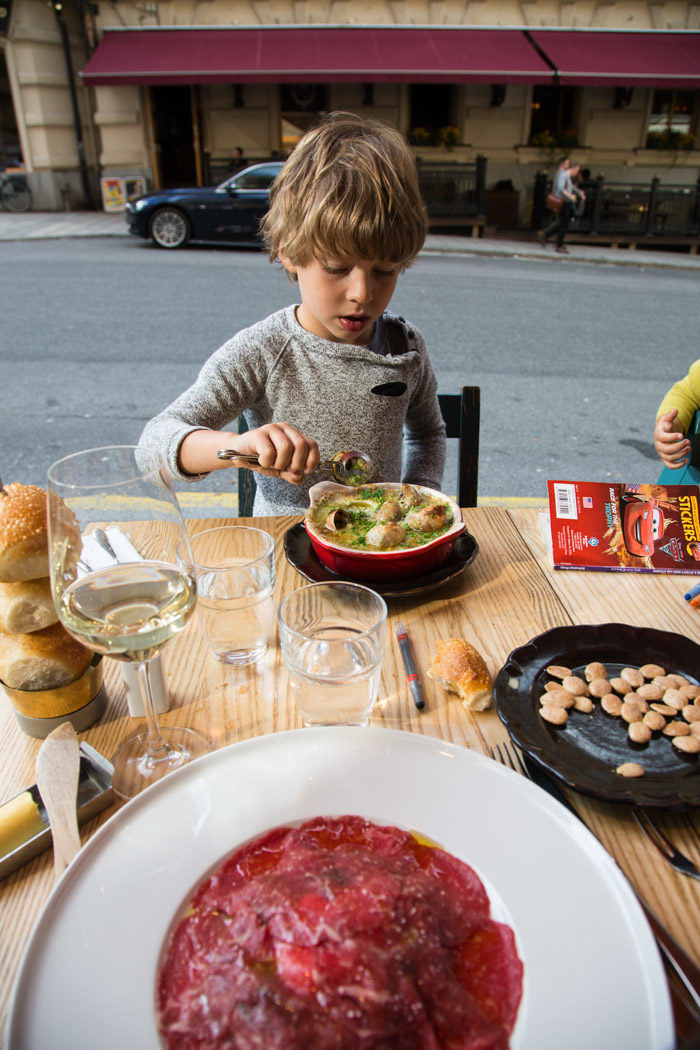
By now you’ve heard about those incroyable school lunches in France, where three-year-olds use grown-up plates and cutlery, and sit down for a leisurely communal lunch at the table—eating everything to boot. How, we wonder, can we get our schools to do that so that we might get some assistance in the table manners department? How much easier would our lives be?!
Our kids have a lot of experience eating out, so we’re managing alright, but we still spend an absurd quantity of dinnertime repeating things like “use your fork!” “One bite at a time!”
I recall getting some etiquette lessons at cotillion when I was in elementary school, but as neither that nor a manners bootcamp is in the cards at this stage, I’ve been looking for some guidance. Anyone else? Let’s start with the goals…
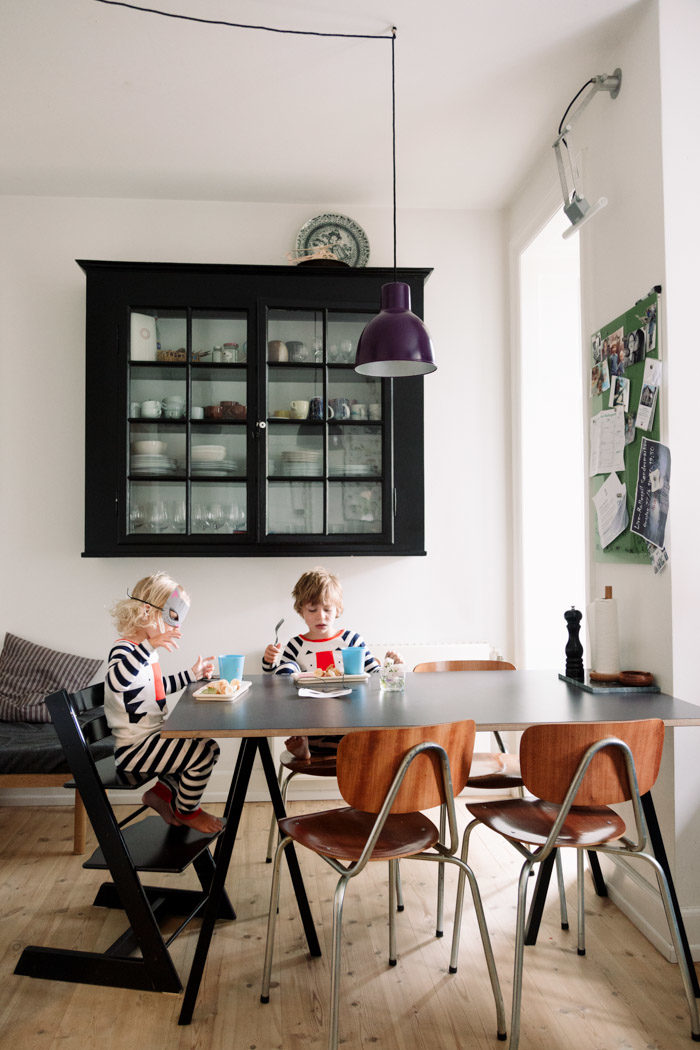
According to Emily Post’s Table Manners for Kids, these are the table rules every child should be expected to know:
Come to the table with clean hands and face.
Put your napkin on your lap.
Start eating when everyone else does—or when given the okay to start.
Stay seated and sit up straight.
Keep elbows (and other body parts!) off the table while eating.
Chew with your mouth closed and don’t talk until you’ve swallowed.
Don’t make bad comments about the food.
Say “Please pass the…” instead of reaching.
Chat with everyone at the table.
Don’t make rude noises like burping or slurping.
Ask to be excused when finished.
Thank your host or whoever prepared the meal.
Offer to help clear the table.
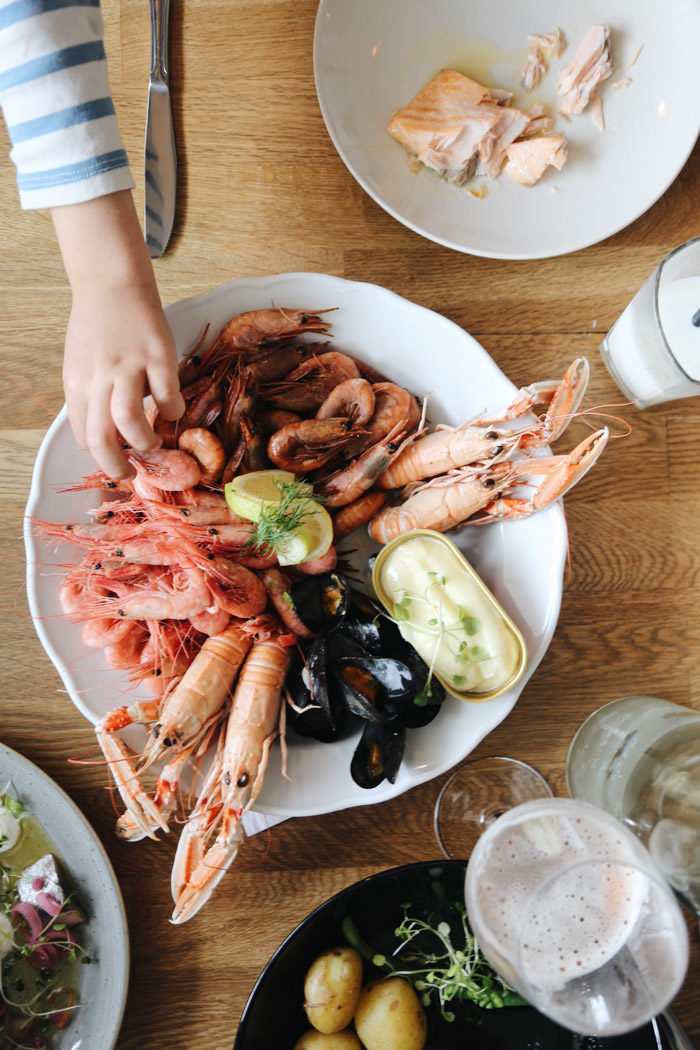
It all sounds simple enough, but making it happen is another matter. It takes repetition and practice, and you can only really focus on a few things at a time. I thought these were great tips…
Have them set the table. One expert, Betsy Braun, points out that we tend to serve a lot of finger foods to preschoolers and kindergartners, so it can be legitimately confusing when we tell them to use utensils. The more familiar they are with what a meal requires, the more they will understand your expectations.
Give them a proper chair. If an adult seat is too low, they will be more likely to sit inappropriately or wiggle about. Offer a cushion—and maybe even a foot stool—to help kids face forward and sit on their bottoms.
Introduce a routine cue to begin. For some families, saying Grace may be the cue. Our nephews in Germany hold hands and say guten appetit before their first bite. We’ve taken to doing this and it strikes me that it’s a nice way to remember to wait to start eating until everyone is there.
Manage expectations. Lynn Rosen, in Elements of the Table, writes that when kids are 5 or 6, they should be able to sit at the table and remain relatively wiggle-free for at least 20 minutes. Manage their expectations and yours. At restaurants—when you know the meal is going to last at least an hour or so—consider a trip to the bathroom right after ordering in order to let them stretch.
Don’t yuck my yum. A friend recently passed along this phrase, which the kids really seemed to like, as a way of telling them not to complain about their food. A simple “no thanks” will do.
Look in a book. We enjoy Madeleine Says Merci, but I’d love to find an engaging kids’ book exclusively about table manners. Some top suggestions are How do Dinosaurs Eat Their Food?, Dinner with Olivia, and Manners at the Table.
Lead by example. Unfortunately this (and some exasperating repetition) is probably the real key.

What would you add? What dinner table manners are you focused on? (or struggling with?) What suggestions would you offer?
P.S. How to get kids to eat their vegetables, and cookbooks for kids.
[Photos from our Scandinavian travelogues: Copenhagen, Stockholm, and Kämpersvik]
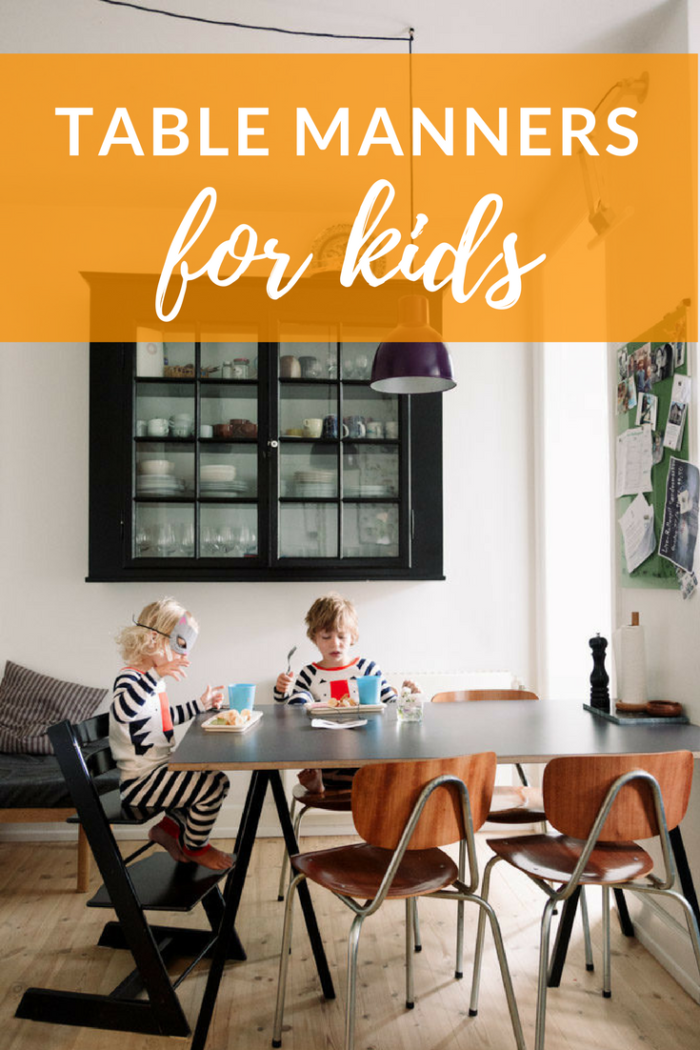


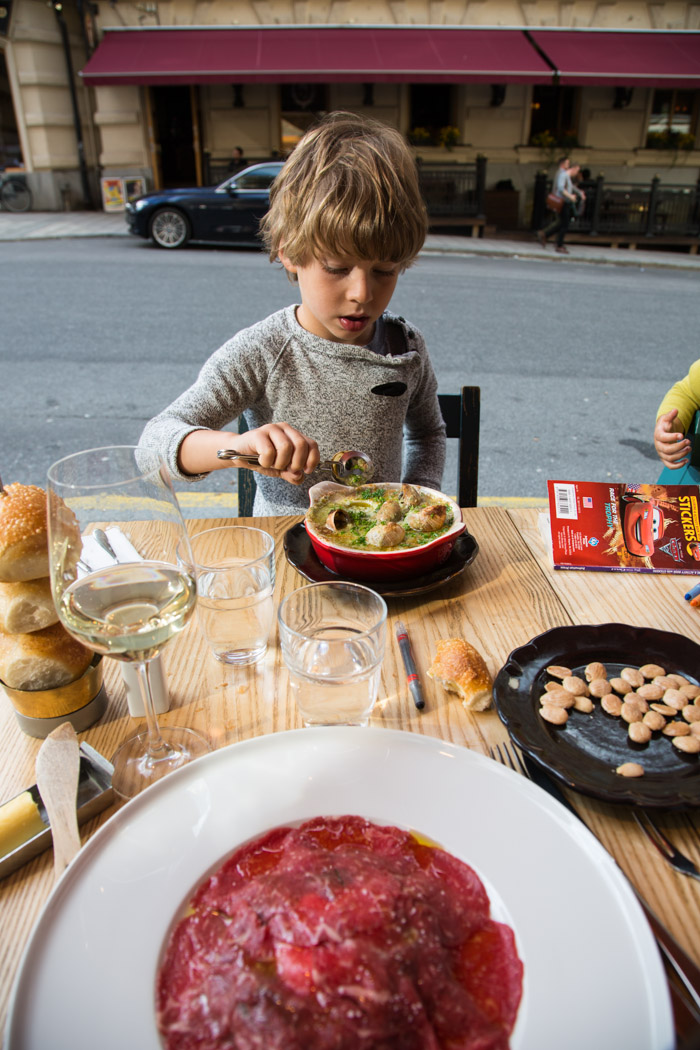









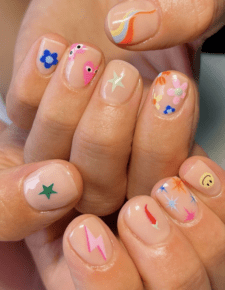















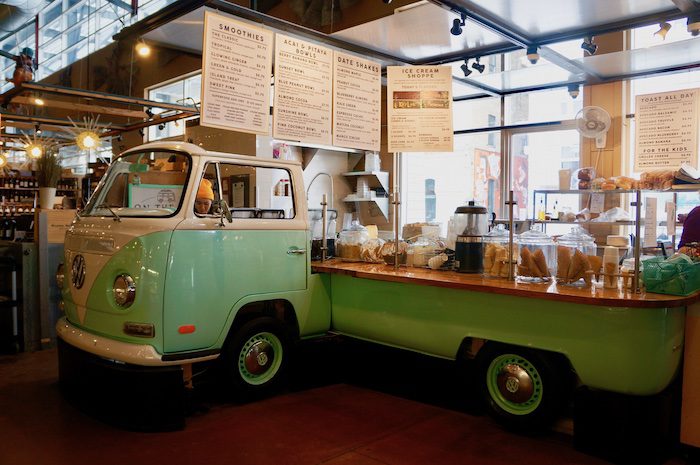









30 Comments